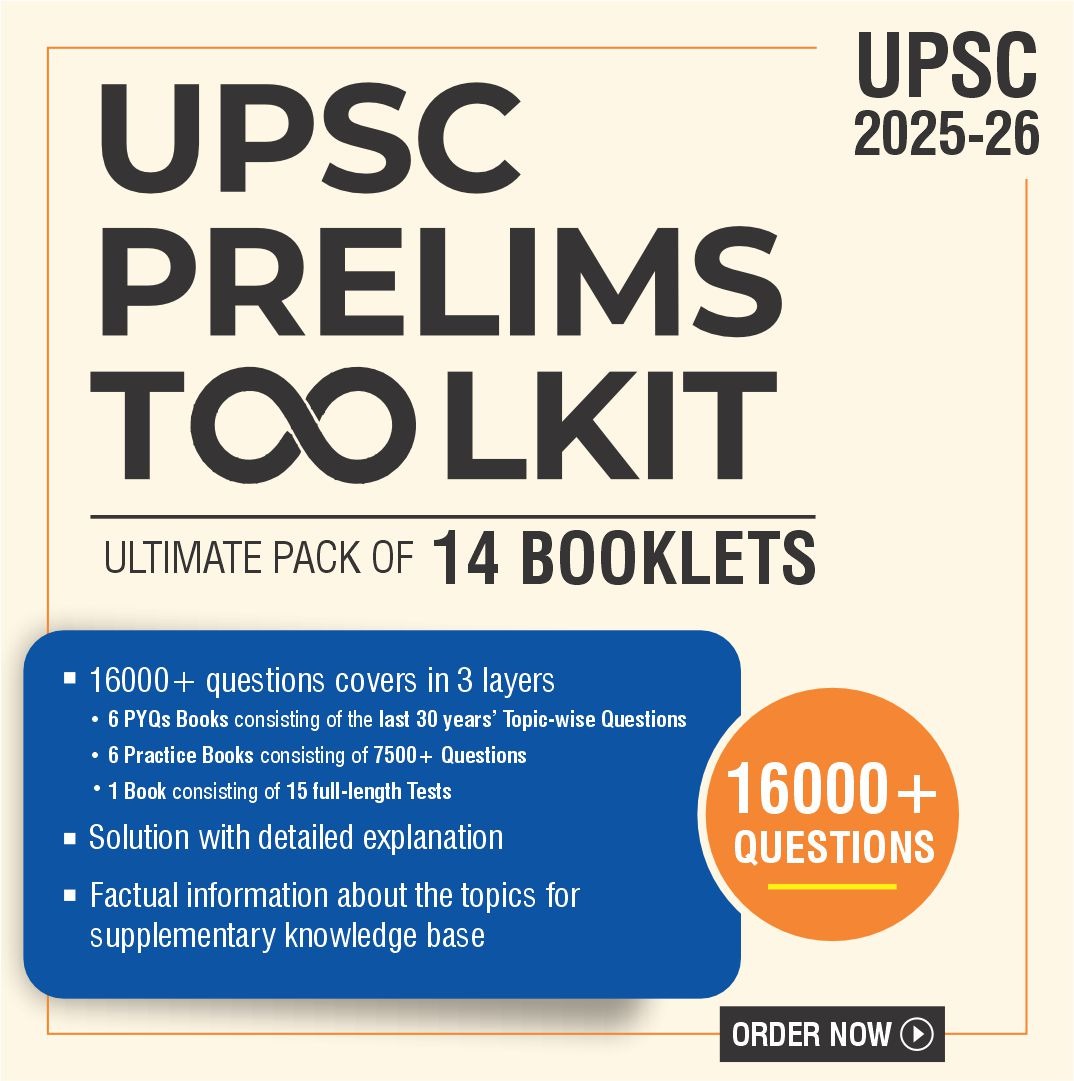Contents
Source: The post is based on the article “The Telangana- A.P. water dispute” published in The Hindu on 24th May 2023
What is the News?
The dispute over the water share of the Krishna river between Andhra Pradesh(A.P) and Telangana remains unresolved, even nine years after the bifurcation of the combined State.
What is the origin of the Krishna Water Dispute?
Krishna Water Dispute dates back to the formation of Andhra Pradesh in November 1956.
Before the formation of Andhra Pradesh, four senior leaders each from different regions of Andhra, including the Rayalaseema Region and the Telangana region signed a Gentlemen’s Agreement on February 20, 1956.
One of the major provisions of the agreement was the protection of Telangana’s interests and needs with respect to the utilization of water resources with equitable distribution based on treaties followed globally.
However, the focus of the combined dispensation with respect to irrigation facilities was on Andhra which already had systems developed by the British at the cost of in-basin drought-prone areas in Telangana — a fact which was argued by the leaders of the latter region from the beginning.
In 1969, the Bachawat Tribunal (KWDT-I) was constituted to settle the dispute around water share among the riparian States of Maharashtra, Karnataka and Andhra Pradesh (before bifurcation). The Tribunal allocated 811 tmcft of dependable water to Andhra Pradesh.
The A.P government later apportioned it in the 512:299 tmcft ratio between Andhra (including parts of Rayalaseema which comprise the Krishna Basin) and Telangana respectively based on the command area developed and utilization mechanism established by then.
The Tribunal had also recommended taking the Tungabhadra Dam (a part of the Krishna Basin) water to the drought-prone Mahabubnagar area of Telangana. However, this was not followed through, giving birth to discontent among the people.
Telangana had time and again reiterated how it had been meted out with injustice in Andhra Pradesh when it came to the matter of distributing water resources.
What was the arrangement for water sharing after the bifurcation?
There is no mention of water shares in the Andhra Pradesh Reorganisation Act, 2014, since the KWDT-I Award which was still in force, had not made any region-wise allocation.
What does each State claim?
Telangana has been asking the Centre to finalize water shares from day one of its formations. Citing treaties and agreements followed globally in sharing river waters, Telangana has been arguing that as per the basin parameters, it is entitled to at least a 70% share in the allocation of the 811 tmcft.
Besides, it has been highlighting how A.P. has been diverting about 300 tmcft of water to the areas outside the basin from fluoride-affected and drought-prone areas within the basin in Telangana.
On the other hand, A.P. has also been staking a claim for a higher share of water to protect the interests of command areas already developed.
What is the stand of the Centre on this issue?
The Centre convened two meetings of the Apex Council comprising the Union Minister and Chief Ministers of Telangana and A.P. in 2016 and 2020 without making any attempt to deal with the issue.
Following a suggestion made by the Centre in 2020, Telangana has withdrawn its petition over the issue in the Supreme Court as the Ministry had assured to refer the matter of water shares to a Tribunal.
However, the Centre has been sitting over the issue for over two years now even as the two States continue to spar over the matter day in and day out.
Discover more from Free UPSC IAS Preparation Syllabus and Materials For Aspirants
Subscribe to get the latest posts sent to your email.






